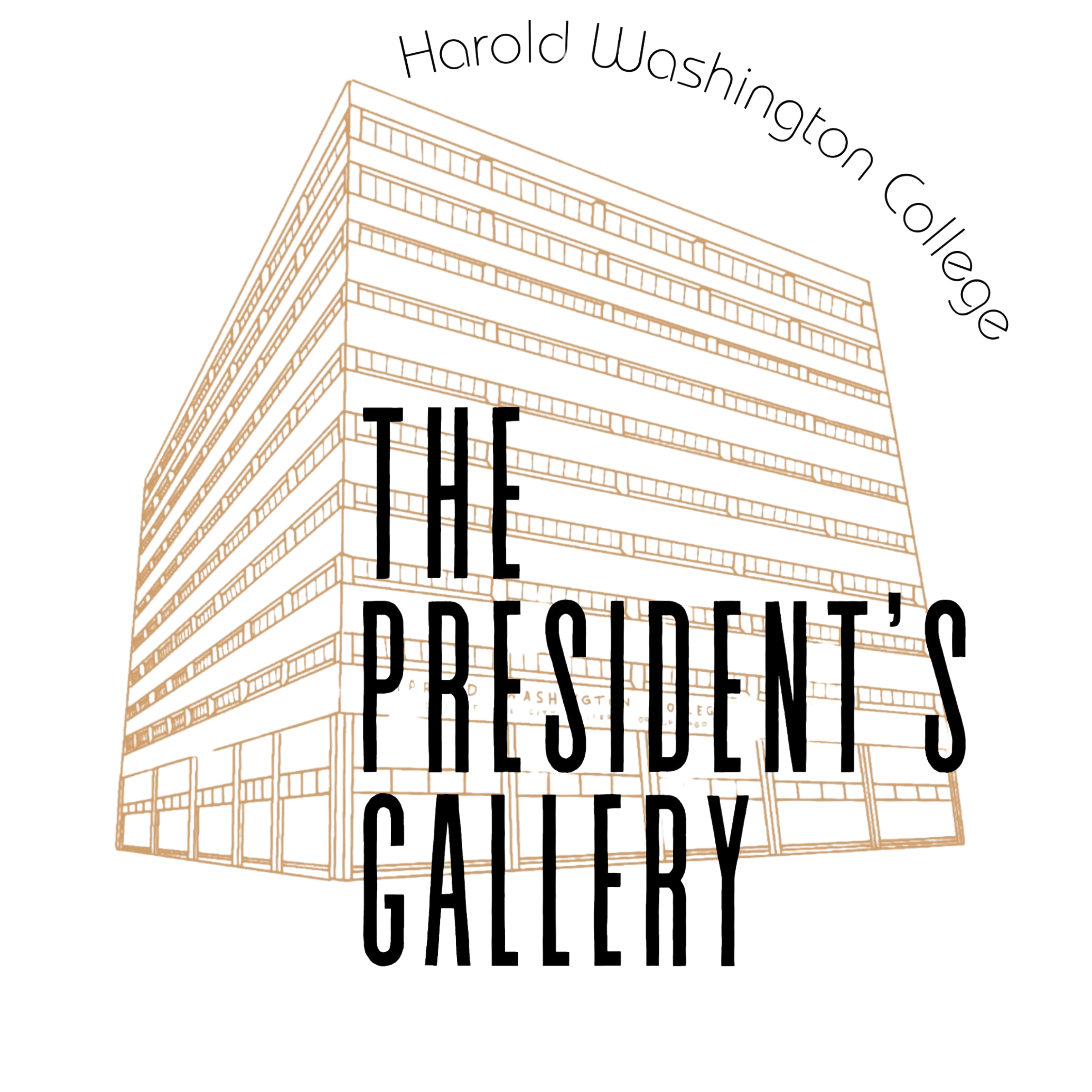November 14 - December 3, 2024
Opening Reception: November 14, 4:00-5:30pm
Curatorial Statement:
Rendered worlds—universes created from three-dimensional voids. To those unfamiliar with 3D modeling, it may feel abstract to discuss the topic of “world-building,” but that is precisely how to describe the process of going from an empty x-y-z grid to the detailed images shown in this exhibition. In filmmaking, artists capture the world around them. In 3D modeling, artists create a world to capture.
The artists in this show are Harold Washington College students enrolled in the Digital Multimedia Design (DMD) course, 3D modeling. The DMD program encompasses many aspects of interactive and multimedia design across mediums such as graphic design, video, and 2D/3D animation. 3D poses a particular challenge. Artists are faced with empty space and endless possibilities. Though these students have experience in digital drawing and 2D animation, this course was the first time many of them had to consider the third dimension within digital space. The artists in this exhibition, Tykki Etchie, J. Grimmly, Noemi Hernandez, Brandon Jones, Julian Mendez, Kelly Rivera, and Michelle Santana, each approach this challenge in a unique way. These artists take advantage of this exploratory space, from interior scenes of magic to deep sea creatures to still lifes featuring original digital sculptures.
All the works in this exhibition were made using Autodesk Maya, a 3D modeling and animation software, commonly used in the commercial film and video game industry. Here, the artists use Maya to create their own imagined environments and figures. The 3D workflow is complex and tedious. First, the artists constructed the basic forms of the objects, spaces, and figures that populate these images, while keeping in mind a perspective of 360 degrees around their scenes. In constructing these forms, the artists used vertices, edges, and faces—components that make up polygons. Many polygons connected together create a network called a polygon mesh, or in other words, a 3D object. After the modeling process, the artists created and sourced 2D images to map onto the surface of their polygon meshes so that their objects could have color and texture. This process is known as UV mapping. Finally, the artists completed the rendering process. Rendering is the final step, where the 3D objects, the materials applied to them, and the lighting of the scenes are all processed into a final image. The images exhibited here are the final renders of the 3D artists’ scenes.
-Anneli Goeller, Curator
